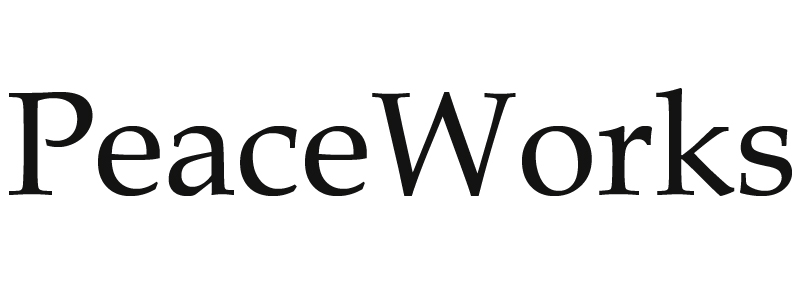Slightly dazed 9 AM start on a Saturday after a long, full and invigorating day 1: I was almost confident day 2 wouldn’t be able to keep up. Until Gautam Bhatia began his talk.
ccccSpeaking on the transformative nature of the Indian Constitution, lawyer and researcher Bhatia’s arguments encouraged a fresh look at this text. He pressed for the need to locate the Constitution in the very debates in public discourse that informed its articles—using as examples the Ambedkar-led Mahad Satyagraha finding voice in Article 15(2) that promises zero discrimination in every citizen’s right to access of public facilities; prevalence of begaar in India’s pre-independence history informing Article 23 against forced labour, among others. Urging us to not restrict constitutional vision to simply the INC-led Indian nationalist movement, Bhatia claimed progressiveness for the Constitution in its fighting for the individual’s right to freedom from not just State, but also community oppression, as well as in its culmination from ground realities in Indian contexts.
ccccSiddharth Varadarajan was next, sharing in his talk on media and the Constitution a vast range of experiences gained during his time as former Editor of The Hindu and as Founding Editor of The Wire—the wide array of references rendering this talk particularly difficult to summarize. Outlining the dual tension between the recognition of the need for a free press in a democracy (indirectly through Article 19) and the concern for placing limits on the right to freedom of speech and expression, and derivatively of the press, reflected in the Constitution, Varadarajan traced a loose history of sorts of the media’s role(s) in India and its shifting relations with the constitutional promises of freedom of speech and expression.
ccccSociologist Nandini Sundar’s talk was in equal parts refreshing and informative as she looked at the making of the 5th and 6th schedules as moments in a legal and administrative history she traced back to the Scheduled Districts Act of 1874, and forward to the 2019 amendments to the Forest Rights Act 2006 and the State’s response to the Patthargarhi movement. As part of a larger work she is currently researching, Prof. Sundar took us through fascinating debates between two Constituent Assembly members, the Gandhian AV Thakkar and once-India hockey captain Jaipal Singh Munda, sharing with us the many contemporary manifestations of conflicts on the rights of Scheduled tribes in the Constituent Assembly debates, that continue to pervade society.
ccccPost-lunch, educationist Krishna Kumar deftly steered the larger deliberations at the conference straight into the classroom. He shared with us the skeleton of an assignment that he used to teach a unit on the Constitution in a B.El.Ed course and the effects he thereafter witnessed in the students—I assume I am not speaking for myself alone when I say this session sparked off an interest in re-orienting the very approach to teaching a text such as the Constitution.
ccccThe day closed with two rather exciting and different parallel workshops—one by Dalit lokshahir, activist and school History teacher Sambhaji Bhagat who shared his learnings from his project of training youth in taking the message of the Preamble of the Constitution to households; the second by oral historian, publisher and author Urvashi Butalia whose workshop centred on the case study of a woman ‘abducted’ and rescued in the aftermath of the 1947 Partition, focused on making participants think of the complexities at play in the defining of citizenship and the rights guaranteed therein. Both this workshop and Prof Kumar’s session directly lent themselves to classroom usage, offering the social science educators in the audience hands-on material to take back with them to adapt/improvise around in their respective contexts.





